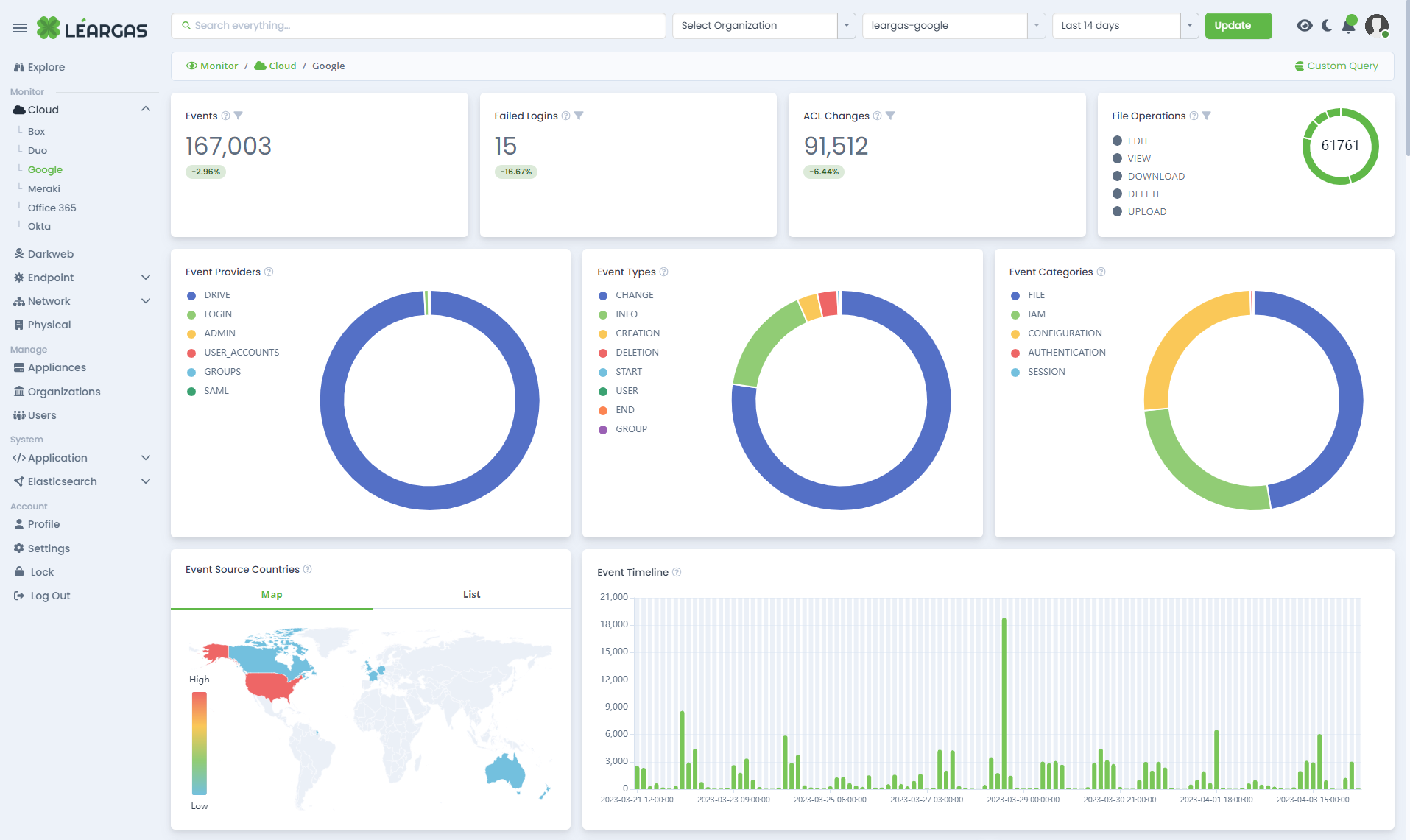As organizations adapt to the ever-changing cyber threat landscape, they increasingly depend on threat intelligence feeds to remain informed about the latest malicious activities and safeguard their digital assets. These feeds provide real-time, actionable information on a variety of cyber threats, encompassing elements such as IP addresses, domains, malware hashes, and email addresses. However, the very resource designed to protect an organization can also become its Achilles’ heel when threat actors poison these feeds, potentially compromising networks and systems. In this blog post, we delve into the significance of proper curation and validation of artifacts as a means to counter the risks linked to threat intelligence feed poisoning.
Continue readingResponsible Usage of ChatGPT in Large Organizations: Ensuring Ethical and Secure AI Practices
Artificial Intelligence (AI) has made significant advancements in recent years, with ChatGPT by OpenAI emerging as one of the most popular language models. Its potential to enhance productivity and efficiency across a wide range of tasks is undeniable. However, as large organizations increasingly adopt this technology, it is essential to ensure responsible and ethical usage. In this blog post, we discuss the key points to consider when using ChatGPT in a large organization, focusing on security, reliability, and ethical concerns.
Continue readingLeveraging ChatGPT To Close The Knowledge Gaps
Cybersecurity threats are increasingly becoming more frequent, sophisticated, and complex, and companies are struggling to keep up with the pace. With the rise of the internet, the number of attacks has grown exponentially, and attackers are continuously finding new ways to bypass traditional security measures. As a result, the demand for security analysts has increased drastically, however, there is a significant shortage of qualified professionals to fill these positions.
Continue readingWhat Is SecOps and What Is The Value Of SecOps To Organizations?
The Importance of Normalization and Scoring of Threat Intelligence Artifacts
In the present-day, interconnected world, businesses confront an expanding threat landscape. To safeguard themselves from cyber threats, organizations rely on threat intelligence, which is one of the most valuable tools available. However, the effectiveness of threat intelligence hinges on the quality of its data. That’s why normalization and scoring of threat intelligence artifacts are two indispensable procedures that guarantee high-quality data.
Continue readingAttack Surface Reduction: Why It Matters.
In today’s digital age, cybersecurity is more critical than ever before. With the growing number of cyber threats, it is essential to reduce the attack surface to protect your organization’s assets. What is the “attack surface”? The attack surface refers to the total number of vulnerabilities, entry points, and possible attack vectors that hackers can exploit to gain unauthorized access to an organization’s systems and data. In this blog post, we will discuss the importance of reducing the cybersecurity attack surface and some effective ways to do it.
Continue reading







